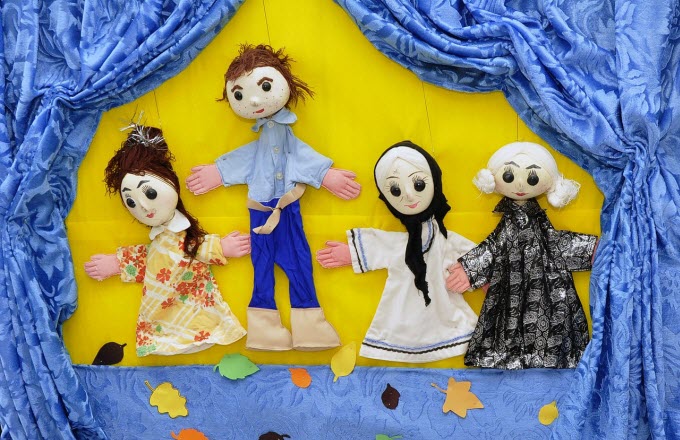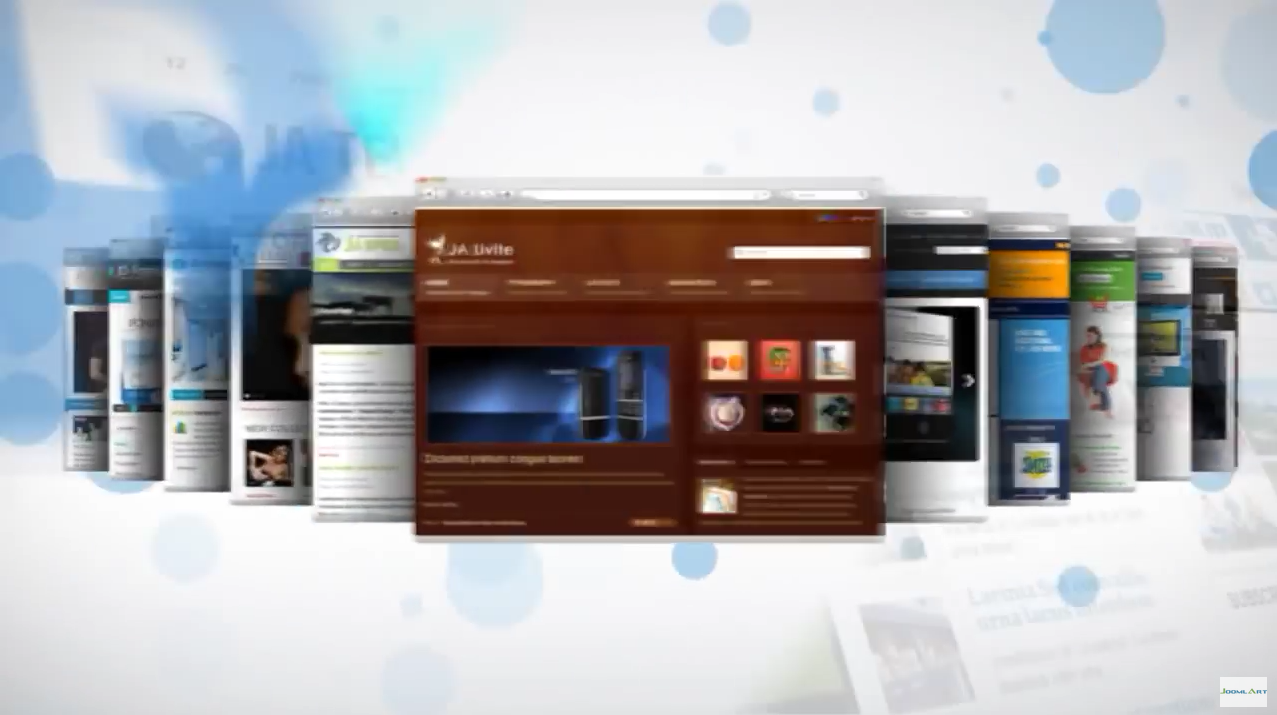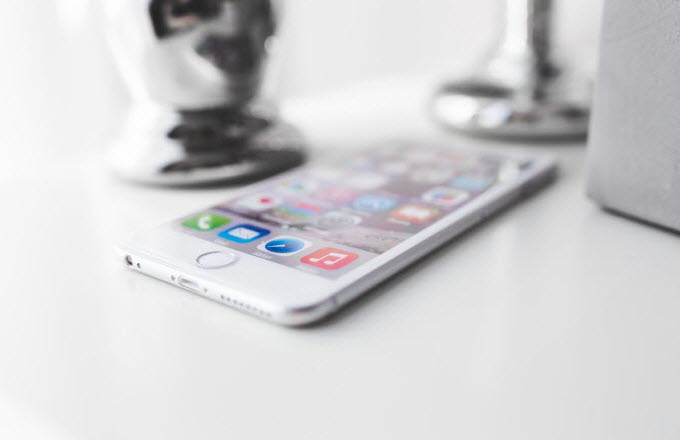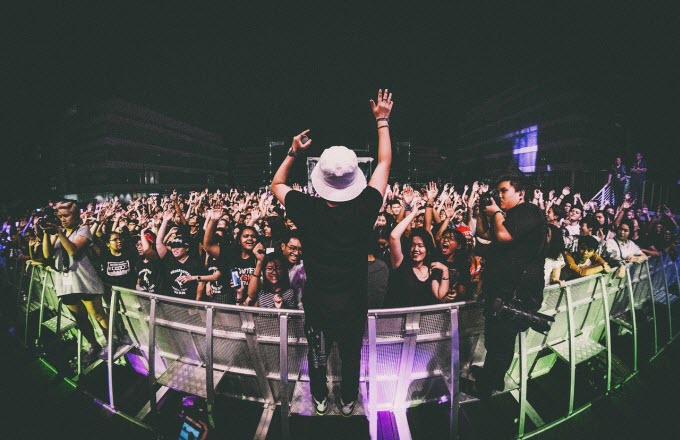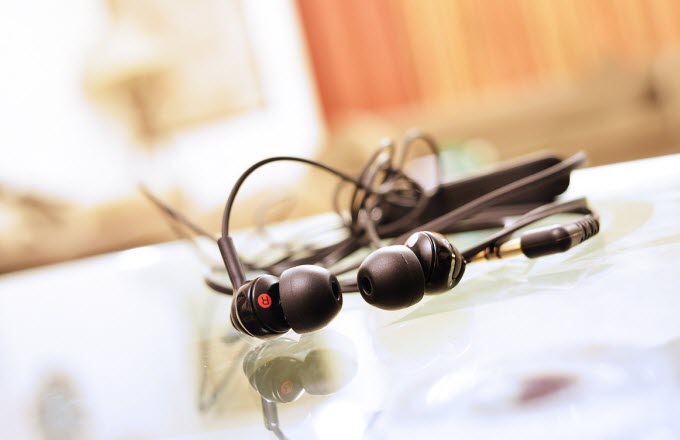In the weeks since Windows 10 launched, the OS has been adopted at an unprecedented rate. Over 75 million customers reportedly installed it within 30 days of debut.
According to the Inquirer, a user who had never “reserved” a copy of Windows 10 in the first place found a large 6GB download sitting in the $Windows.~BT hidden directory, and a series of failed “Upgrade to Windows 10″ tasks in Windows Update’s history. In several cases, the new OS has been downloaded over metered connections, forcing people over their bandwidth caps in the process. When the Inquirer reached out to Microsoft, the company said the following: “For individuals who have chosen to receive automatic updates through Windows Update, we help upgradable devices get ready for Windows 10 by downloading the files they’ll need if they decide to upgrade.
We at ET haven’t seen this behavior directly — I’m still on Windows 7 myself, and my Windows Update history shows no sign of repeated failed Windows 10 installs — but one of our staffers, David Cardinal, has had his own unusual experience with Windows 10. According to David, he left on a two-week trip with an HTPC box running Windows 8.1U and came back to find it running Windows 10. Windows Update was configured to install automatic updates, and Microsoft has flagged Windows 10 as an important update — so it’s at least theoretically possible that the box automatically installed the new operating system.
We’re still checking out whether this update was automatically triggered, but if it wasn’t, it’s another example of how Microsoft built a system that shoves you forward into new operating systems whether you like it or not. As I mentioned above, I’m still using Windows 7. Every time I launch Internet Explorer, it defaults to loading MSN as a homepage. Every time it loads MSN, it slaps a giant banner ad for Windows 10 over the content.






